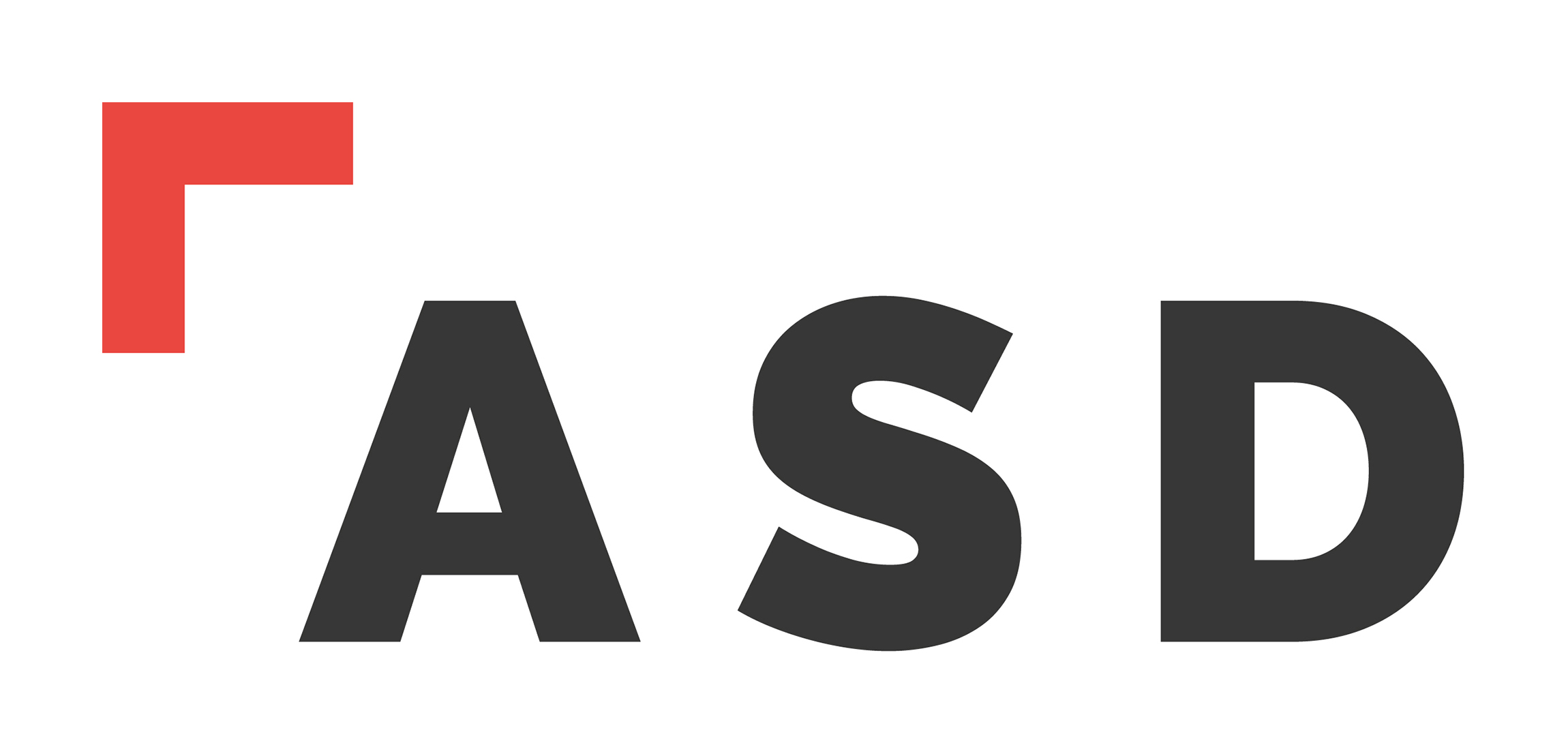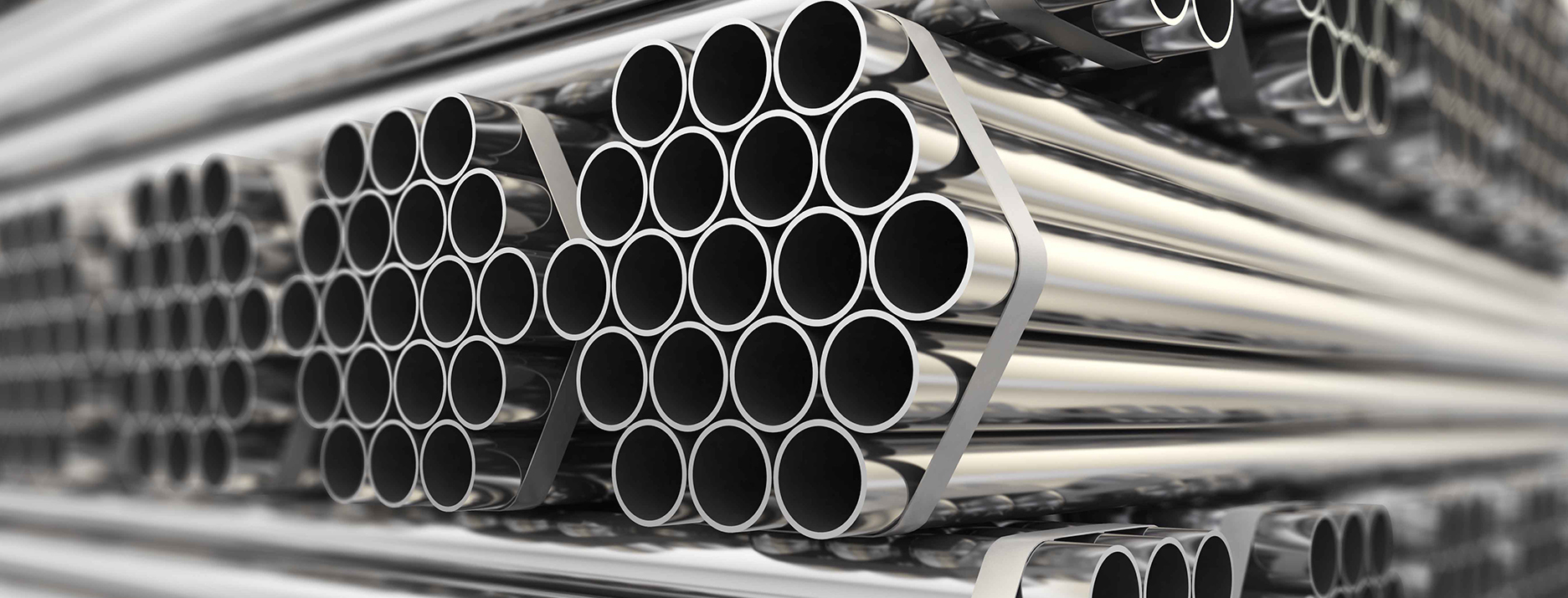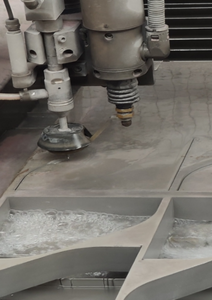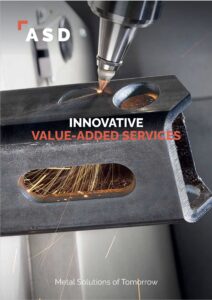STAINLESS STEEL TYPES
Austenitic
Their microstructure is derived from the addition of Nickel, Manganese and Nitrogen. This structure gives these steels their characteristic combination of weldability and formability. Corrosion resistance can be enhanced by adding Chromium, Molybdenum and Nitrogen.
Standard austenitic steels are vulnerable to stress corrosion cracking. These product are non-magnetic.
Martensitic
These steels are based on Chromium but have higher Carbon levels up as high as 1%. Allowing them to be hardened and tempered much like carbon and low-alloy steels. They are used where high strength and moderate corrosion resistance is required. They have generally low weldability and formability. These products are magnetic.
Ferritic
These steels are based on Chromium with small amounts of Carbon usually less than 0.10%. They are chosen for their resistance to stress corrosion cracking. These products are magnetic.
Duplex
These steels have a microstructure which is approximately 50% ferritic and 50% austenitic. This gives them a higher strength than either ferritic or austenitic steels and are resistant to stress corrosion cracking.
“Lean duplex” steels are formulated to have comparable corrosion resistance to standard austenitic steels but with enhanced strength and resistance to stress corrosion cracking. “Superduplex” steels have enhanced strength and resistance to all forms of corrosion compared to standard austenitic steels.
Stainless Steel Products
| Flat Products | Thickness Range mm | Grades |
| Duplex (in acc. to Norsok) | 15 - 20 | 2205/LDX2101/2507 |
| Cold Rolled | 0.4 - 6 | 304L/316L/321/430/1.4003/31803 |
| Hot Rolled & Quarto | 2.5 - 50 | 304L/316L/321/1.4003/31803 |
| Tubular Products | Sizes mm | Grades |
| Circular Hollow Sections | 12.7 OD - 114.3 OD | 304L/316L |
| Square Hollow Sections | 20 Sq. - 150 Sq. | 304L/316L/430/1.4003 |
| Rectangle Hollow Sections | 25 x 15 - 150 x 100 | 304L/316L/1.4003 |
| Long Products | Sizes mm | Grades |
| Rounds | 3 Dia - 60 Dia | 303/304L/316L |
| Channels | 100 x 50 x 5 - 150 x 75 x 6 | 304L/316L |
| Angles | 20 x 20 x 3 - 100 x 100 x 12 | 304L/316L |
| Flats | 12 x 3 - 200 x 12 | 304L/316L |
Want to learn more about 2205 Duplex Stainless Steel? Visit our dedicated page.
Ready to find out more?
Drop us a line today for a quote!



